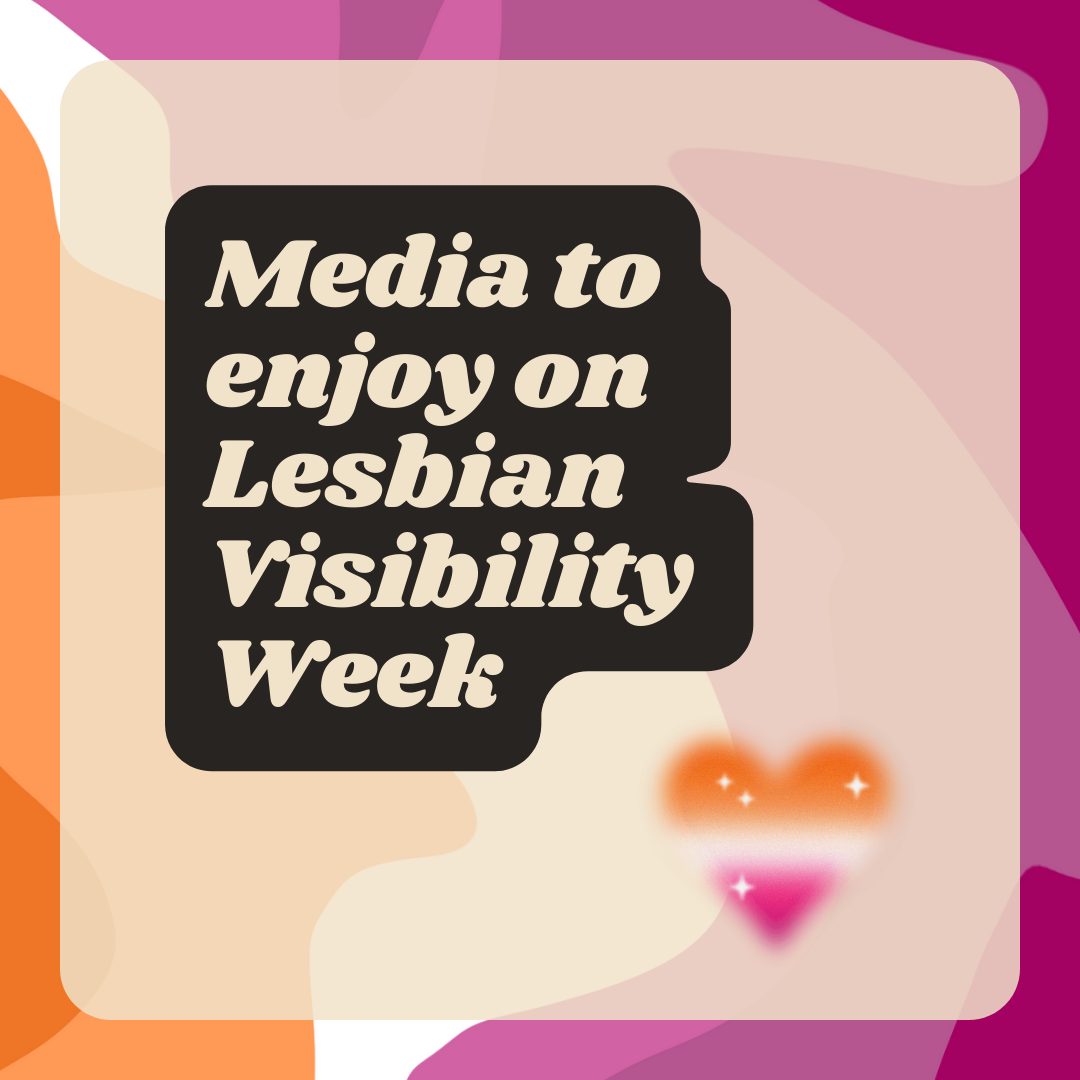Each year on April 26th, we celebrate International Lesbian Visibility Day. Lesbians, and by extension sapphic relations, have always existed. Lesbian Visibility Week (April 22nd to April 26th) aims to celebrate cis and trans lesbians, showing solidarity with all women in the community. This year's theme is celebrating the power of sisterhood by uplifting women from every generation, in every field, and in every country around the world.
Lesbians are a vital part of the queer community, having been instrumental in the collective fight for equal rights. Let's take a look at the history:
The 80s and 90s
Before arriving at the 2SLGBTQIA+ acronym that we're using today, the commonly used acronym by the queer community was 'GLBT'. During the '80s and '90s, there was a push to switch the order of the letters 'G' and 'L' in the acronym due to the surge of feminist ideas that were gaining momentum around this time. Furthermore, during the AIDS crisis, the lesbian community was instrumental in helping gay men with medical care and emotional support.
When gay men were banned from donating blood in a careless effort to protect the country's blood supply from HIV, there was a critical shortage of blood. That's when lesbians stepped in: they began working with local blood banks to make sure their donations were going directly to AIDS patients. As Yale Univerity's Lesbian Archive points out, "when doctors and scientists refused to care for HIV patients, lesbians stepped up". Since then, the letter 'L' was moved to the beginning of the former 'GLBT' acronym as a show of solidarity and respect for the lesbian community.
 Woman giving blood at a Lesbian Blood Drive. Image taken from collections of Yale University Library.
Woman giving blood at a Lesbian Blood Drive. Image taken from collections of Yale University Library.
Today
Though there have been tremendous strides in the fight for lesbian rights, there is still lots of work left to be done. Much like any other subsection of the 2SLGBTQIA+ community, lesbians still face discrimination and violence on the daily lives. Due to the pressures and stresses associated with these threats, many lesbians are forced to hide varying aspects of their identity, corresponding to higher rates of depression anxiety and suicidal tendencies compared to the heterosexual population.
However, due to the intersectional nature of oppression in a patriarchal society, lesbians also have to deal with misogyny on top of homophobia. This is heightened even further for lesbians who are trans, non-binary, or gender non-conforming, for they are subjected to transmisogyny.
With the rise of anti-trans rhetoric today, and the sheer number of anti-trans policies being passed around the world, we have to recognize that the fight for lesbian rights has to be trans-inclusive. In fact, the dark orange stripe on the lesbian flag represents gender-nonconformity, meaning the flag was designed to be inclusive of trans women, butch women, and gender-nonconforming people from the start. This is simply a reminder of the fact the fight for liberation must be intersectional.
What can you do today to support the lesbian community?
This week provides a platform for people with lesbian identities to have their issues and experiences recognized so remember to listen, learn, and educate those in your community who might need it. Lesbian Visibility Week and Lesbian Visibility Day are important dates to stand with the lesbian community, but your support should be all year round.
There are so many incredibly talented trans and cis lesbians whose art and work are often overlooked in our society. Take this week as an opportunity to celebrate bodies of work featuring sapphic stories—don't know where to start? Check out some of our suggestions below:





Leave a comment
This site is protected by hCaptcha and the hCaptcha Privacy Policy and Terms of Service apply.